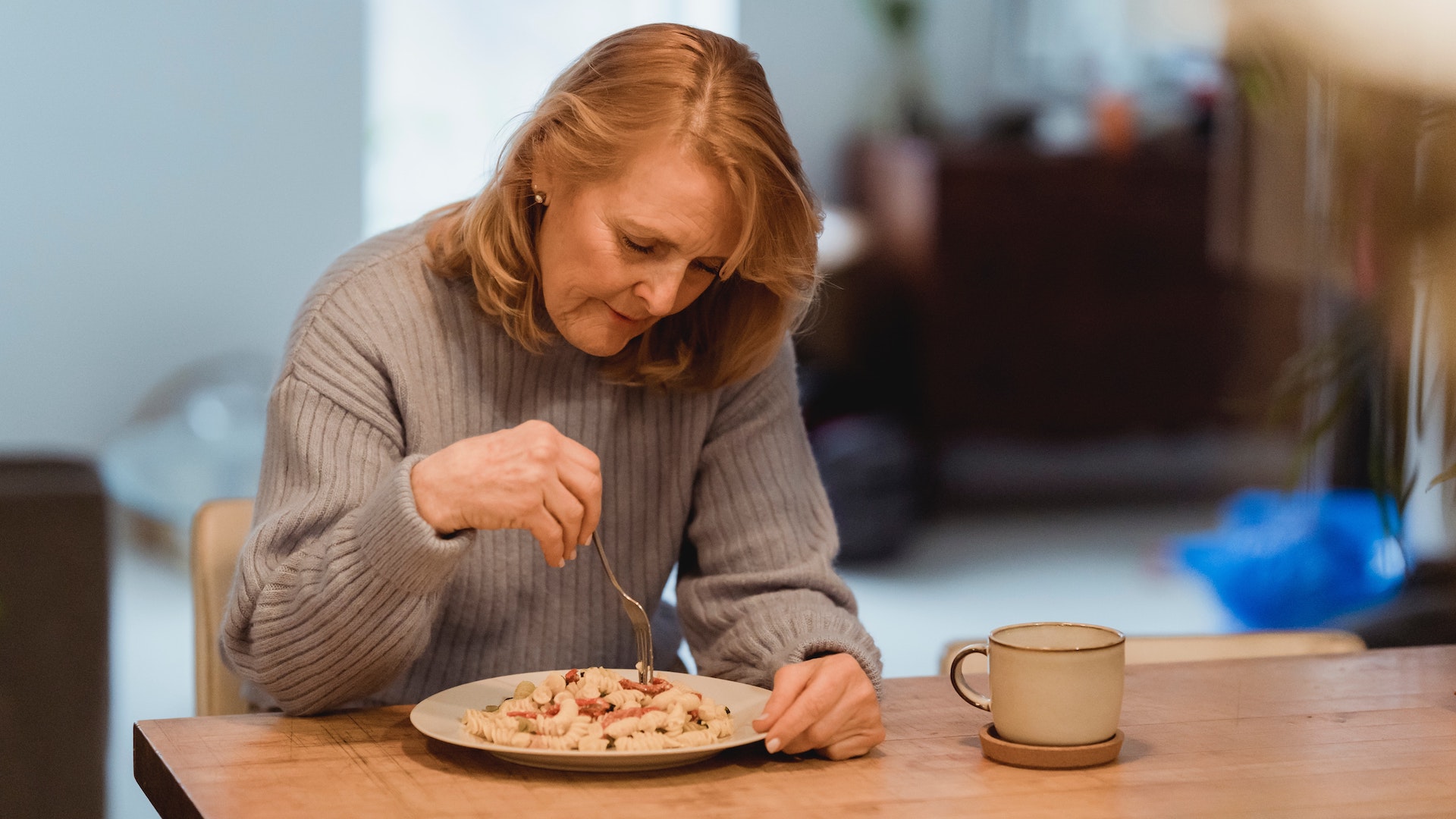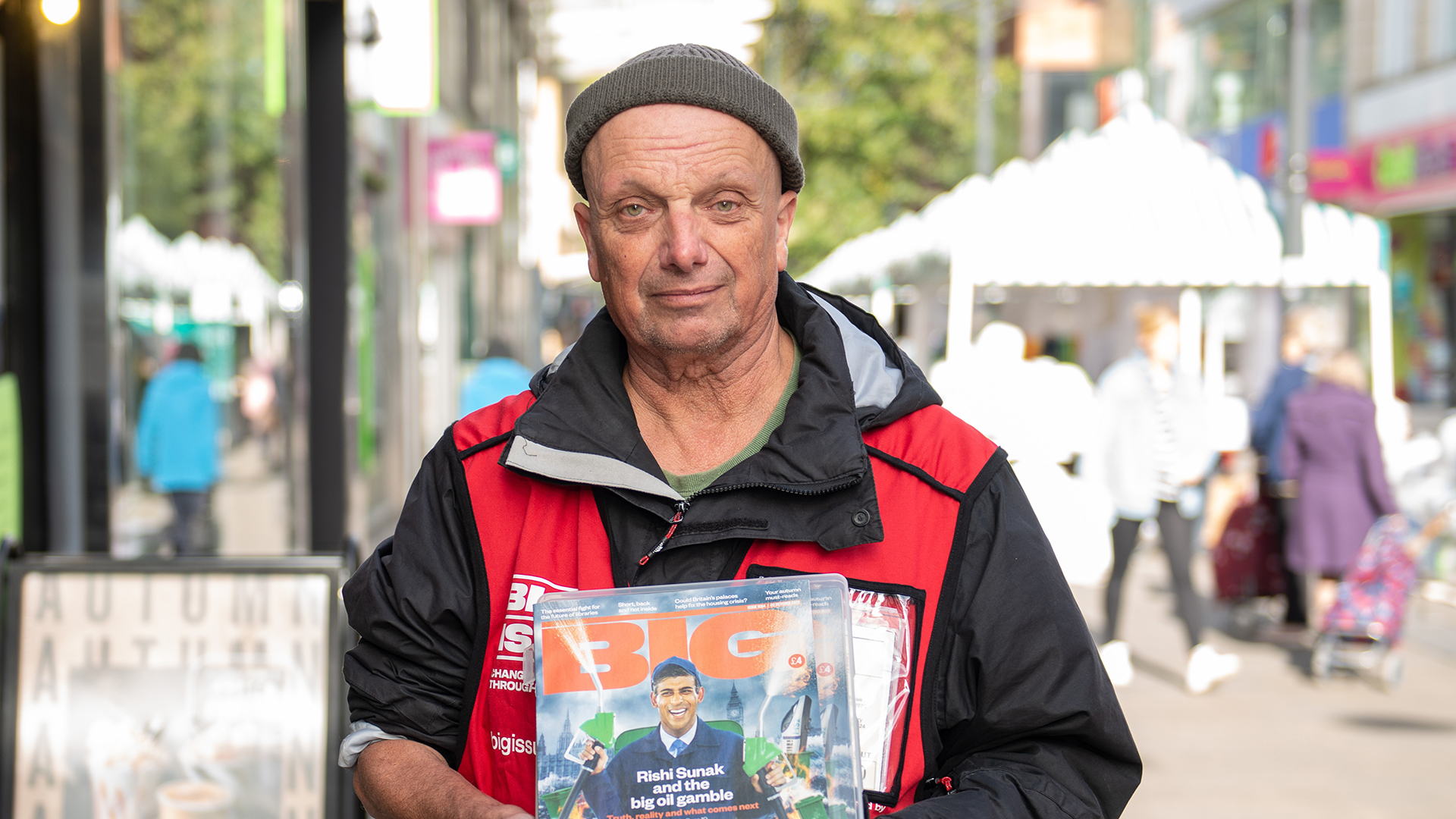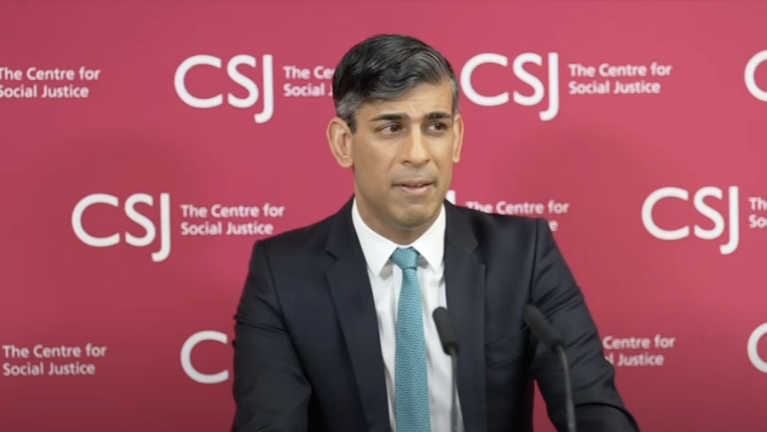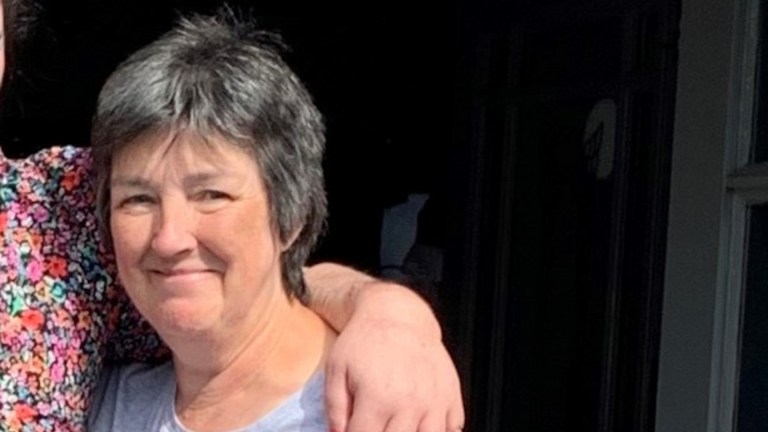Support The Big Issue and our vendors by signing up for a subscription
The map models food poverty figures collected by the Food Foundation, which reveal 4.2 per cent of adults across the UK had been hungry but unable to eat at least once in January, when the initial study was carried out. Sheffield researchers measured data involving those who were hungry and going without food, those who needed help to get the food they need and those who are worried about affording food in the future.
Yorkshire and the Humber had the highest level of food insecurity, according to the study — published shortly after the final instalment of the National Food Strategy, which aims in part to cut food poverty — with the majority of local authorities in the top 20 per cent for adults going hungry, and similar rates found in Northern Ireland.
Elsewhere, nearly 30 per cent of people in Wycombe were struggling to access food, while St Albans had the least hunger, struggle for or worry over food.
Central and local governments should use the study to “tailor and target” support in communities with high levels of food poverty, Blake said, adding: “The answer is not as simple as opening more food banks.”
Researchers highlighted the impact of food insecurity on families who may be just managing, noting that the burden of worrying about food is a threat to health even if people are not yet going hungry.
An unexpected expense such as boiler breakdown or illness could be “the tipping point that squeezes their food budget, and they have to plan to eat less, or skip meals altogether,” according to the study. This can lead to increased rates of illness and obesity with people forced to rely on cheaper, low-quality food, it said.
The pandemic has “forced a newly vulnerable segment of society” to seek help accessing food, said Anna Taylor, executive director for the Food Foundation.
“Local authorities have played a leading role in strengthening charitable food provision for the vulnerable during the crisis and many now have a good understanding of levels of need in their area. But this new study makes clear the variation in food access and vulnerability to food insecurity from one local authority to the next across the UK.”
The UK’s reliance on food banks has been rising consistently year on year for nearly a decade. But the number of people in need of emergency food parcels hit new heights last year after the Covid-19 crisis caused thousands to lose their jobs or see their incomes cut significantly.
Nearly two million people turned to food banks in 2020, double the 913,000 receiving emergency food in March 2013.
There were more than 1,300 Trussell Trust food banks in the UK in February 2021 as well as over 900 independent food banks.
“The best way to become food secure is to have the health and money to go to the shops, buy the nutritious food you need for your family and the knowledge to cook it,” said Kris Gibbon-Walsh, from food redistributor FareShare.
“People shouldn’t need to rely on charity to access food, however charities can do a huge amount of good work with food to support their communities, bring people together and stop them becoming food insecure in the first place.
“Having a map of food insecurity in the UK allows FareShare and other food organisations to understand the geographical implications of where we send our food and make decisions, not only about where the food goes, but also how the local foodscape can best support its community out of food insecurity.”









